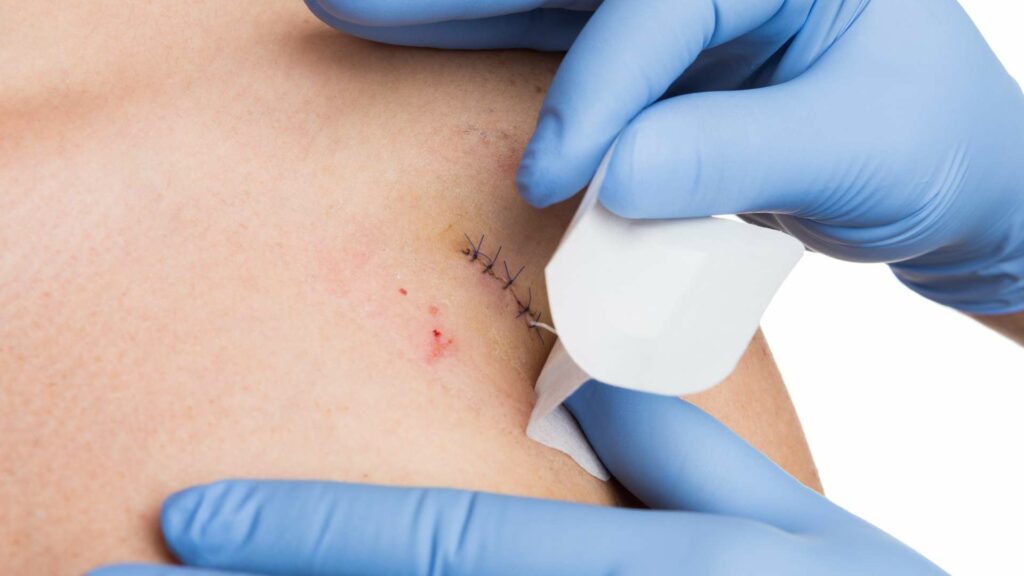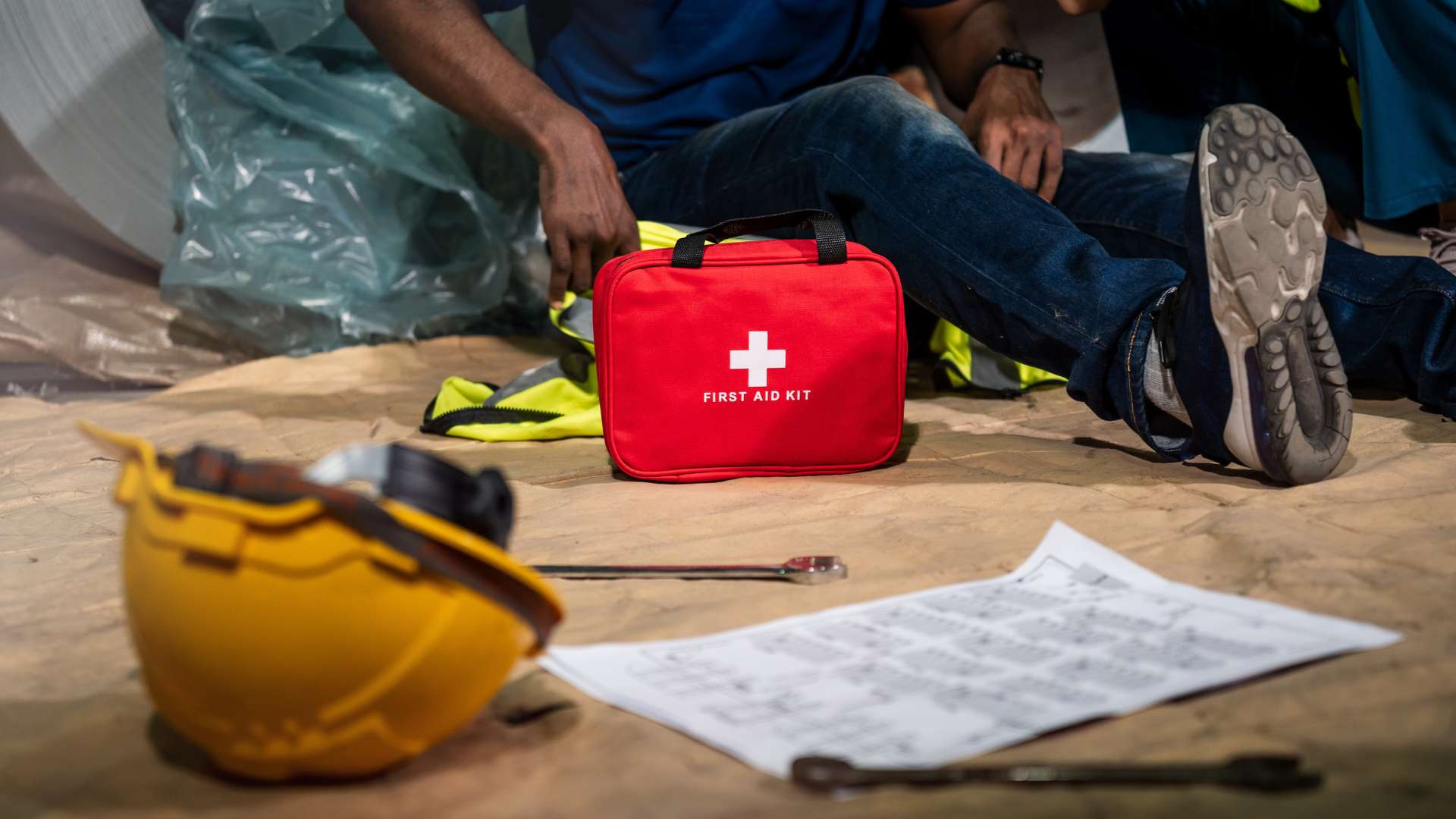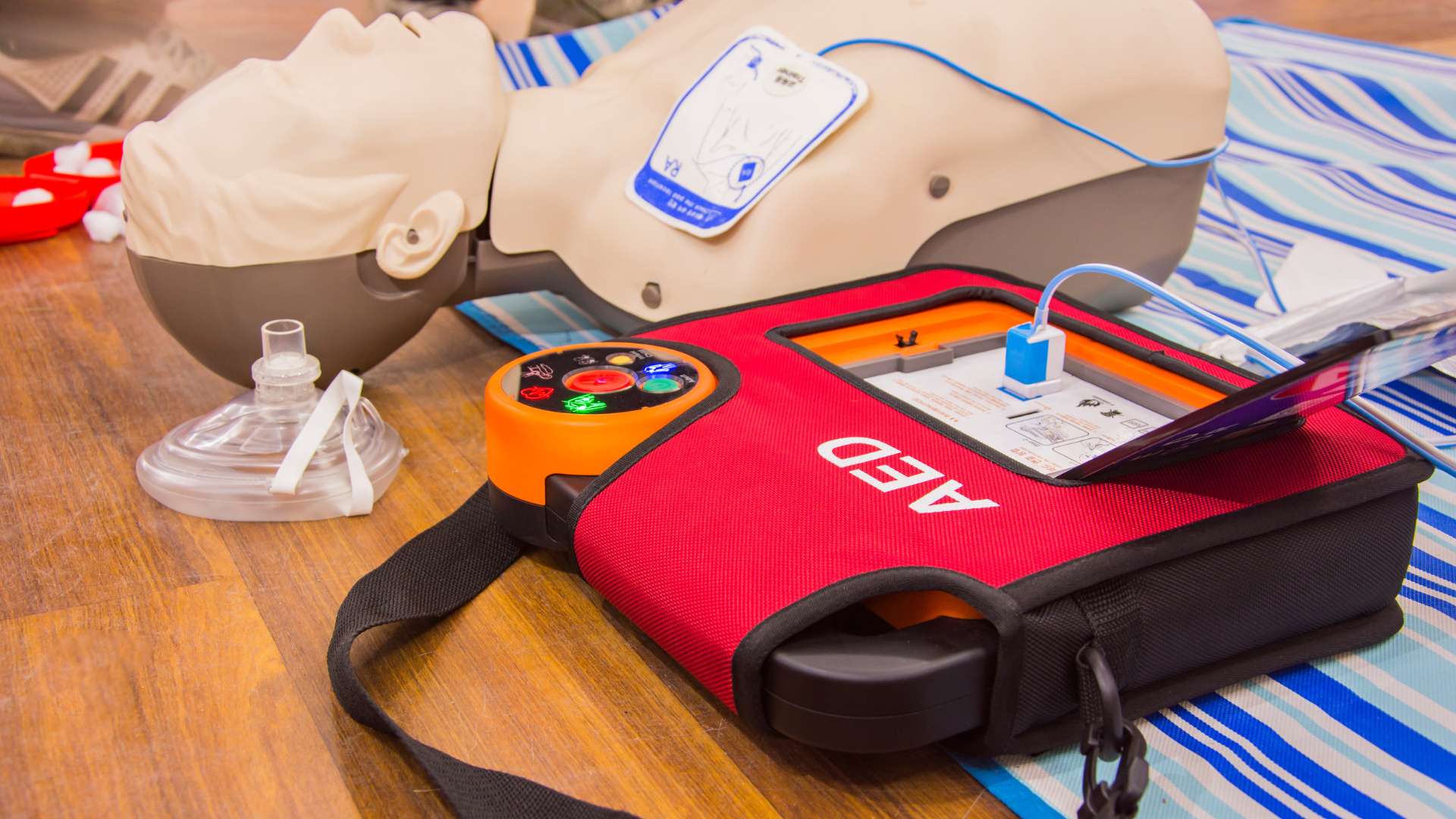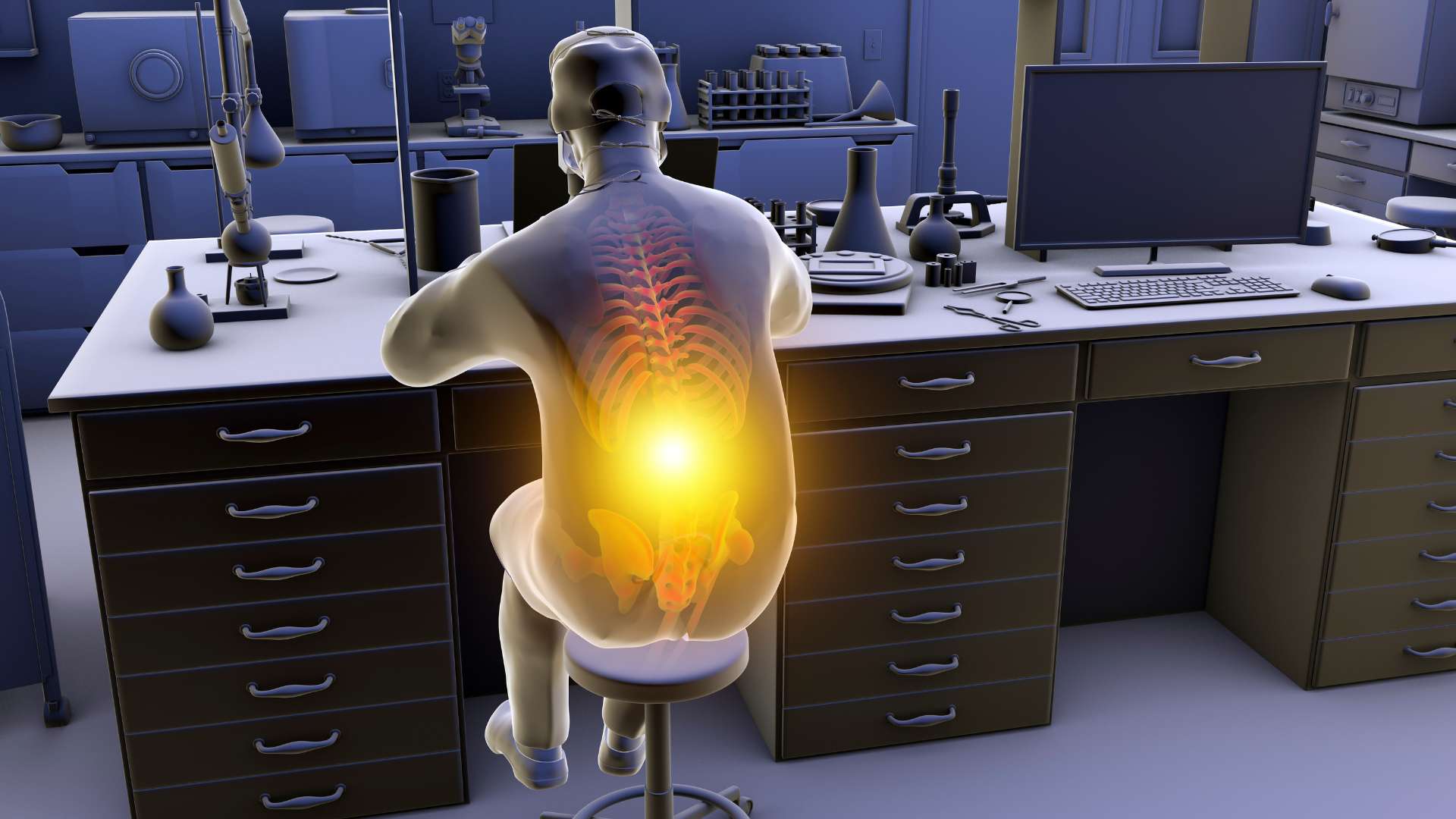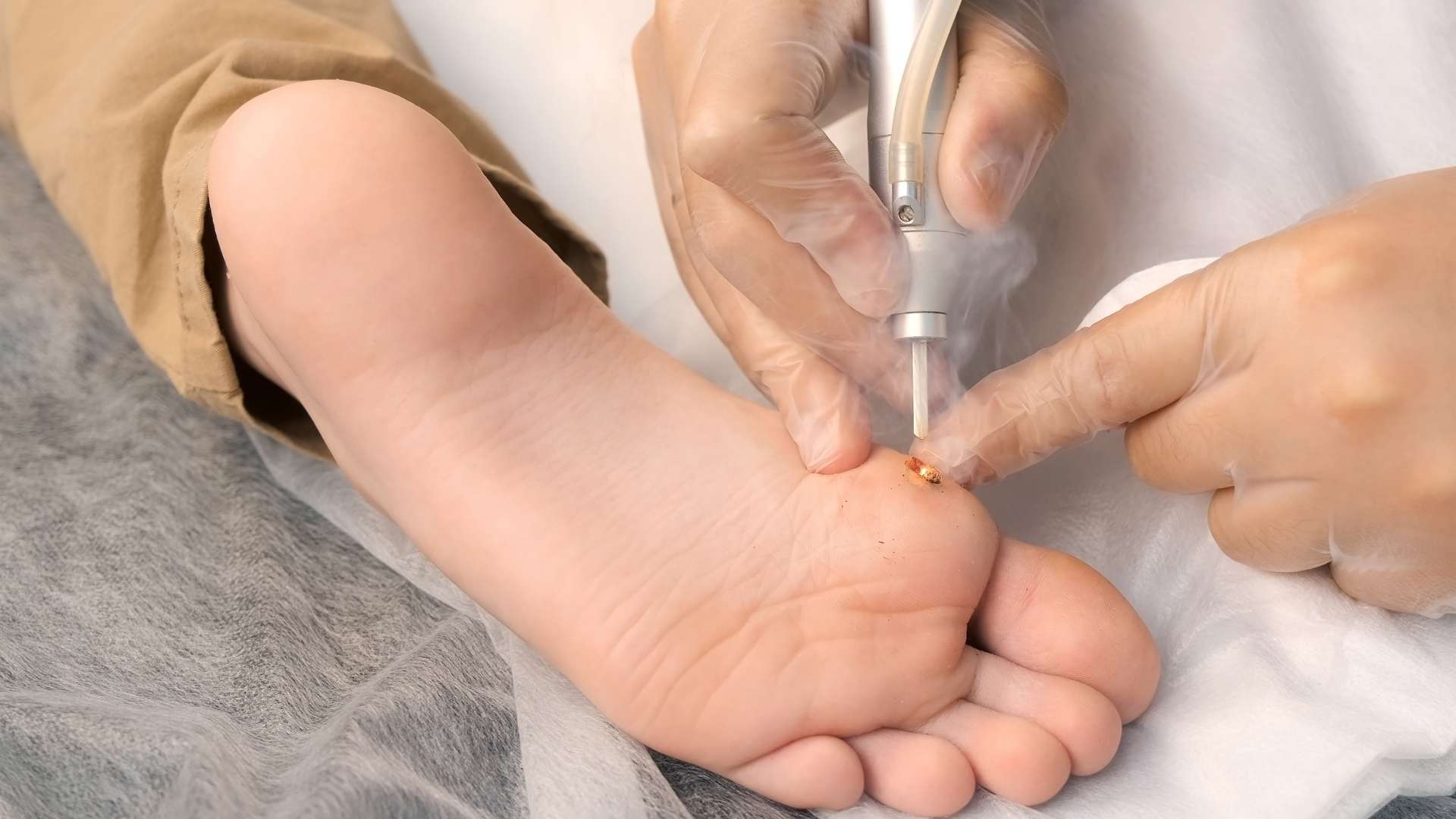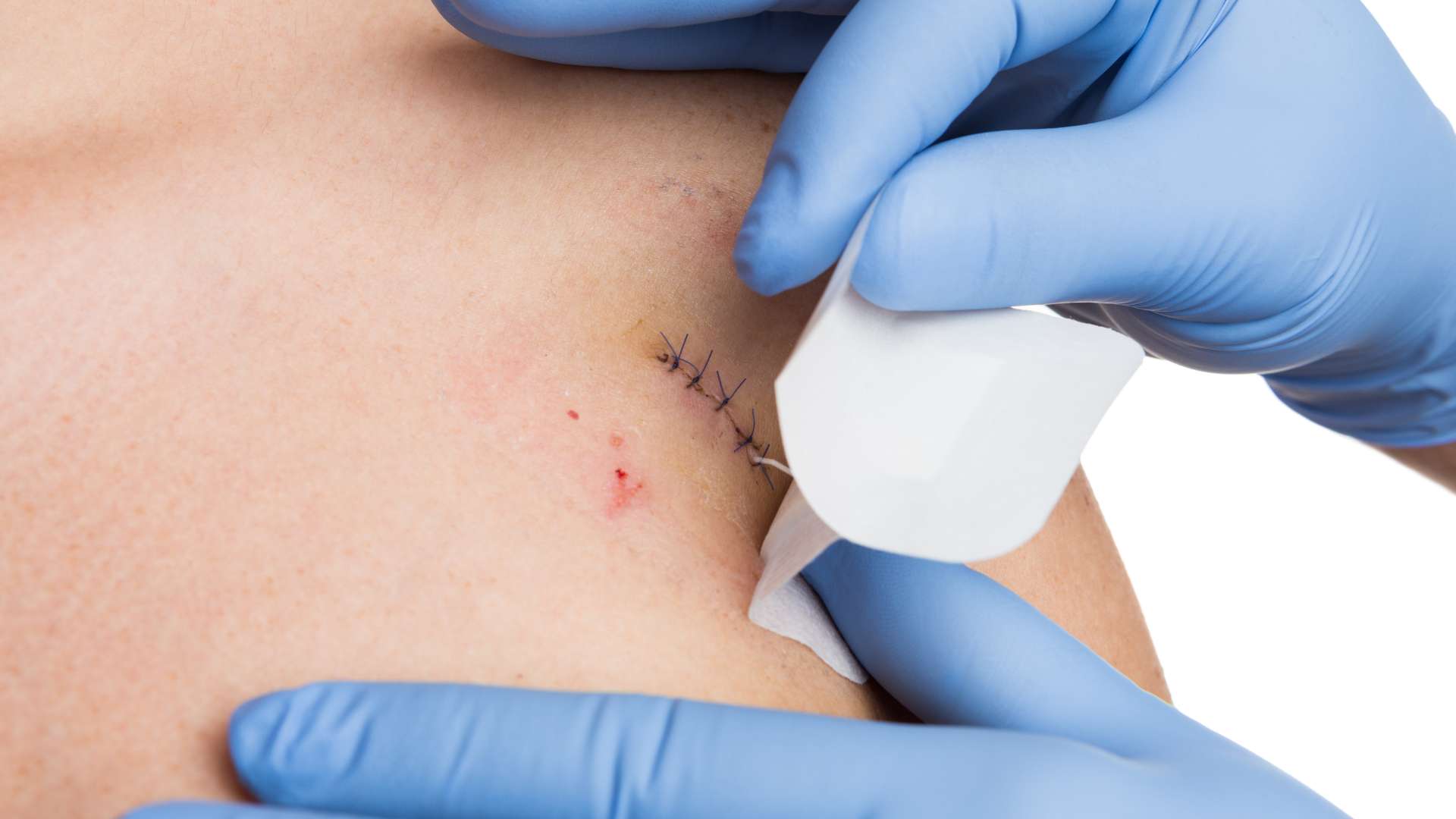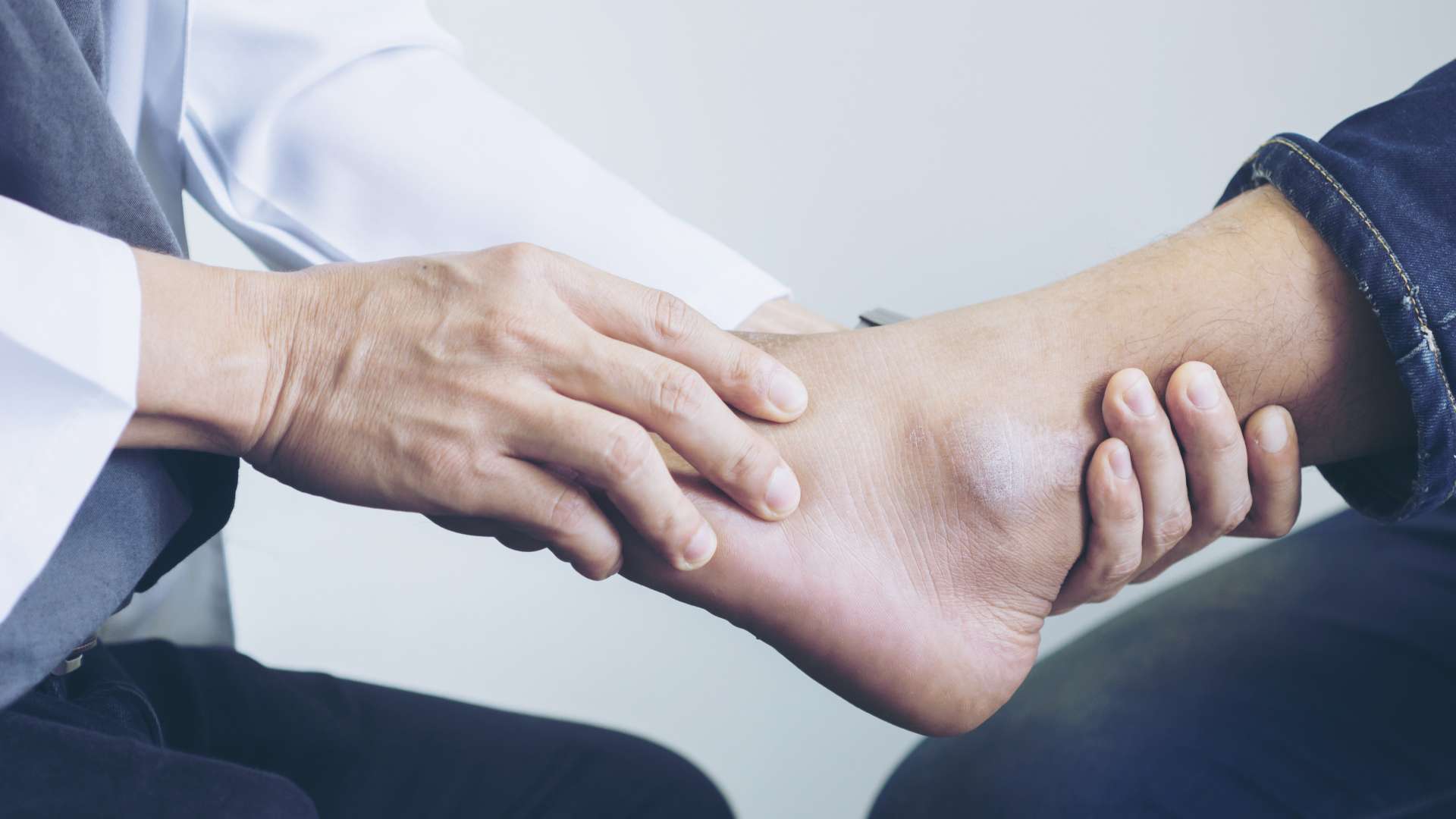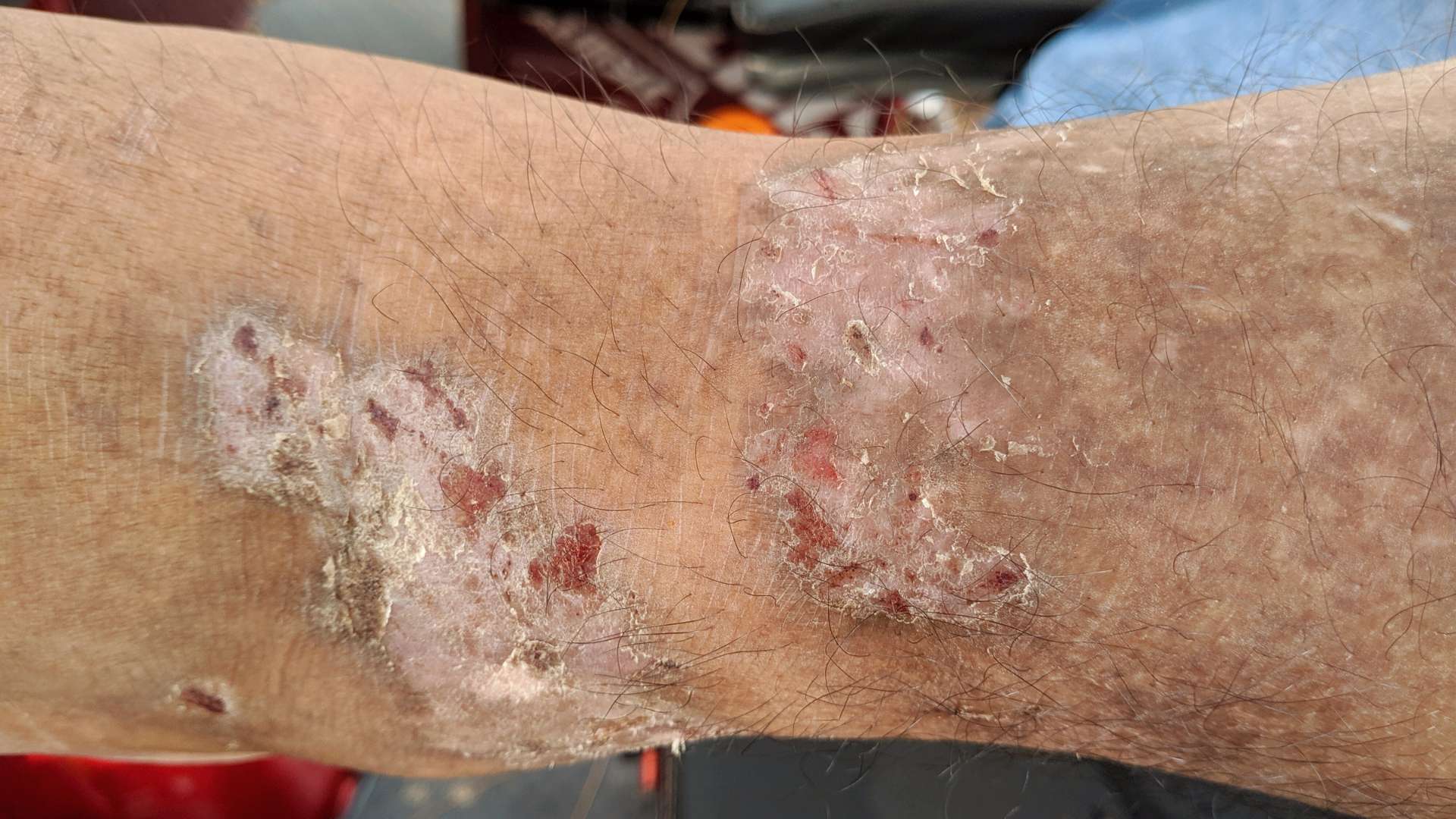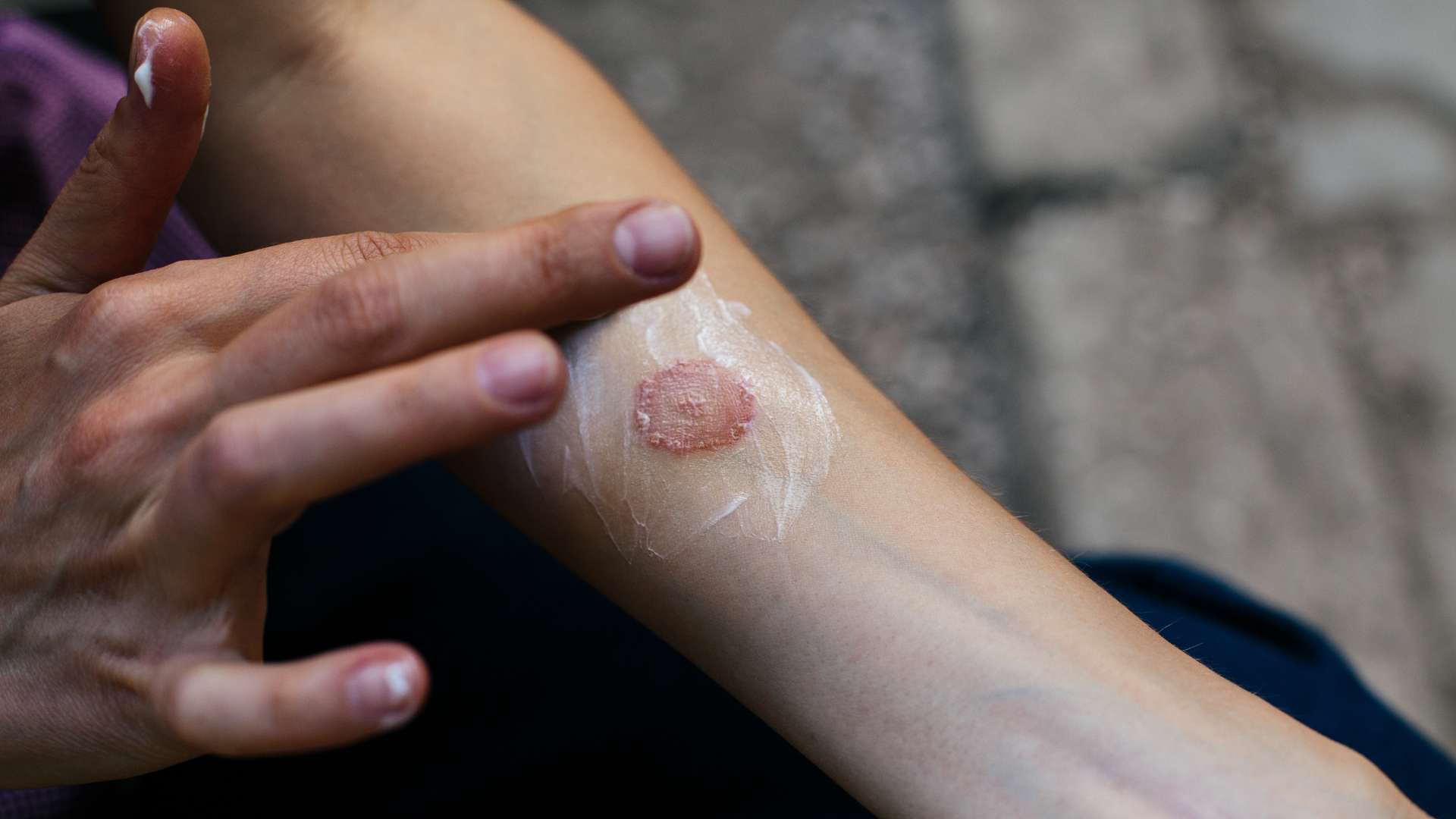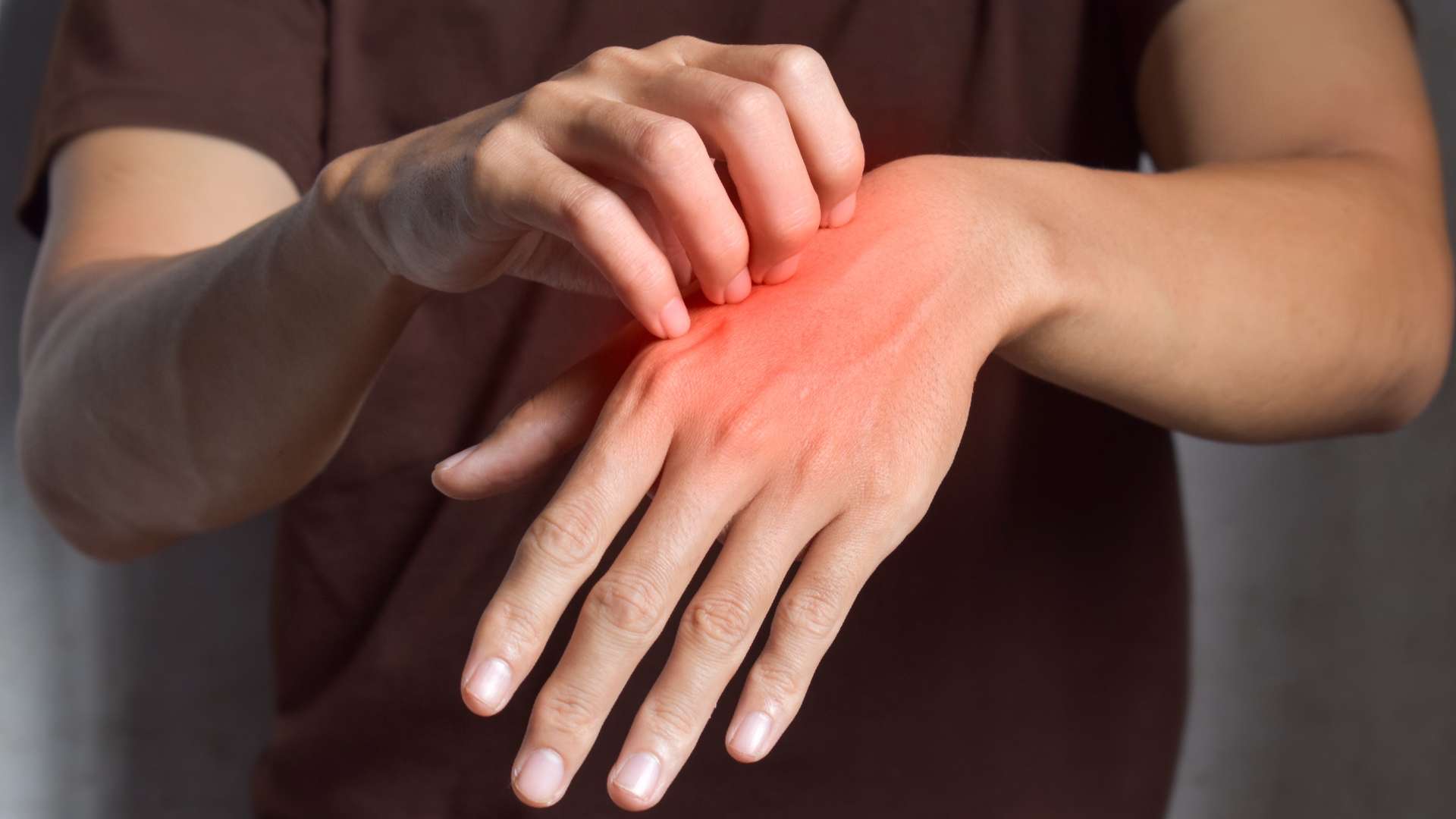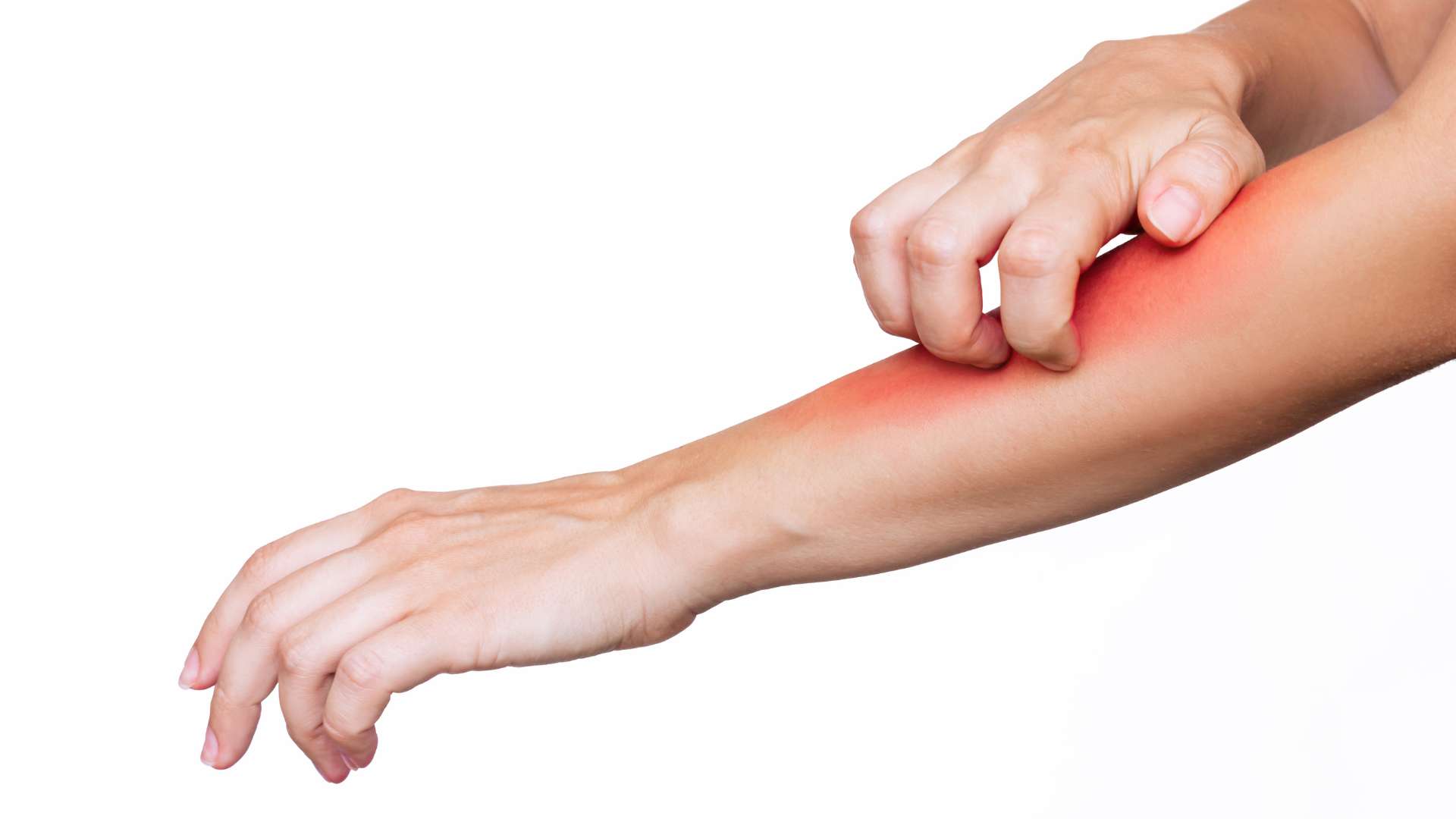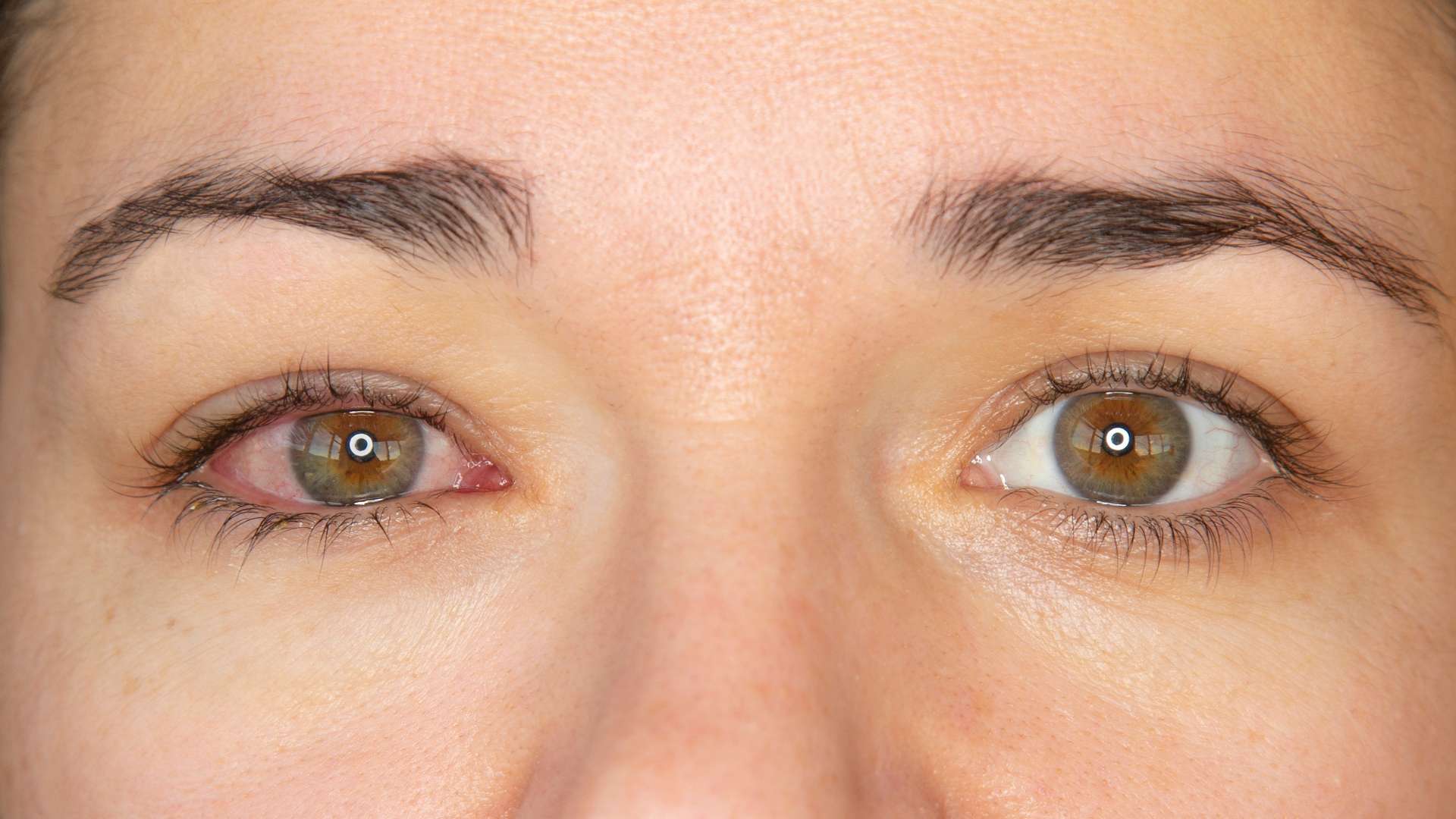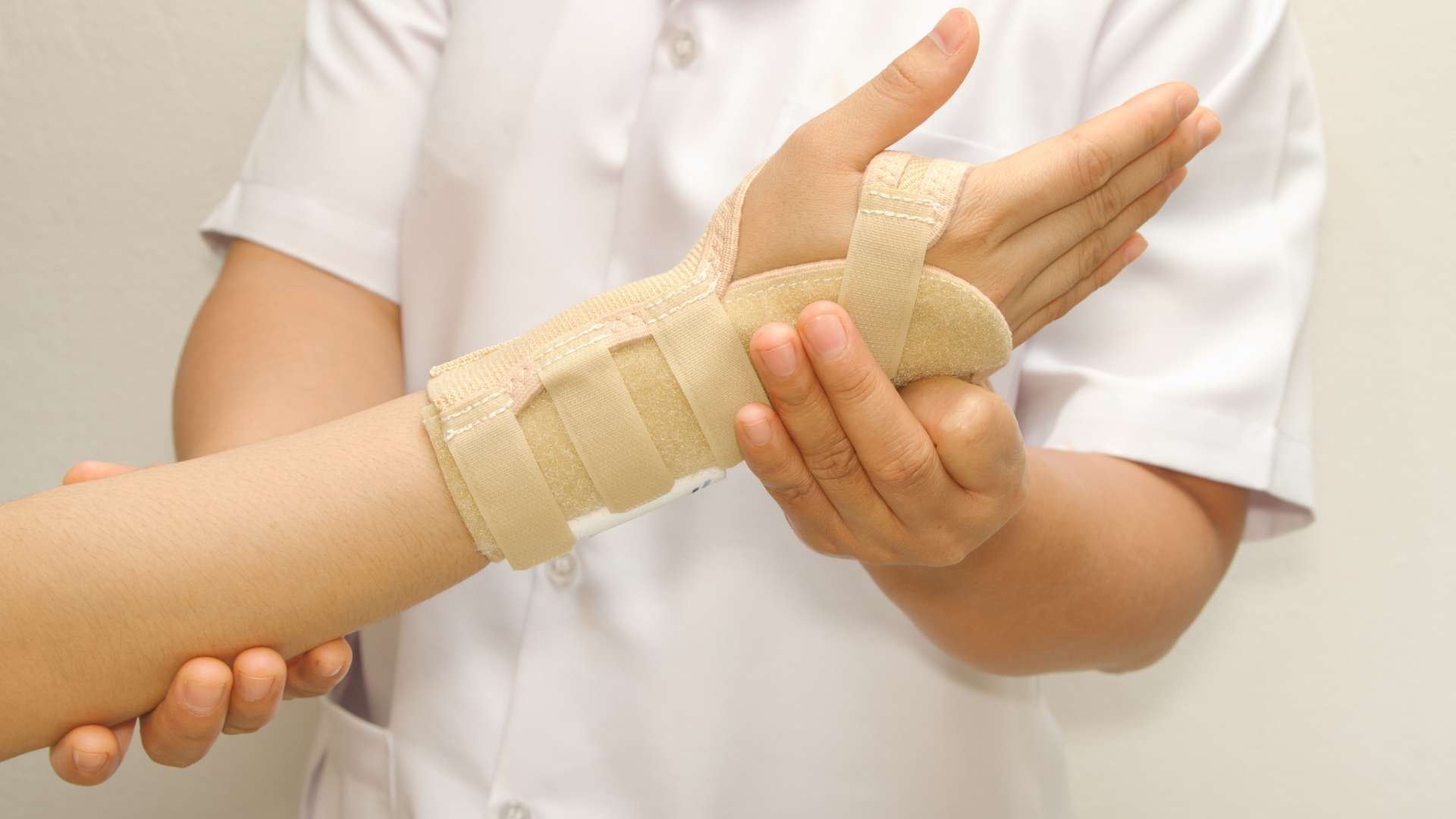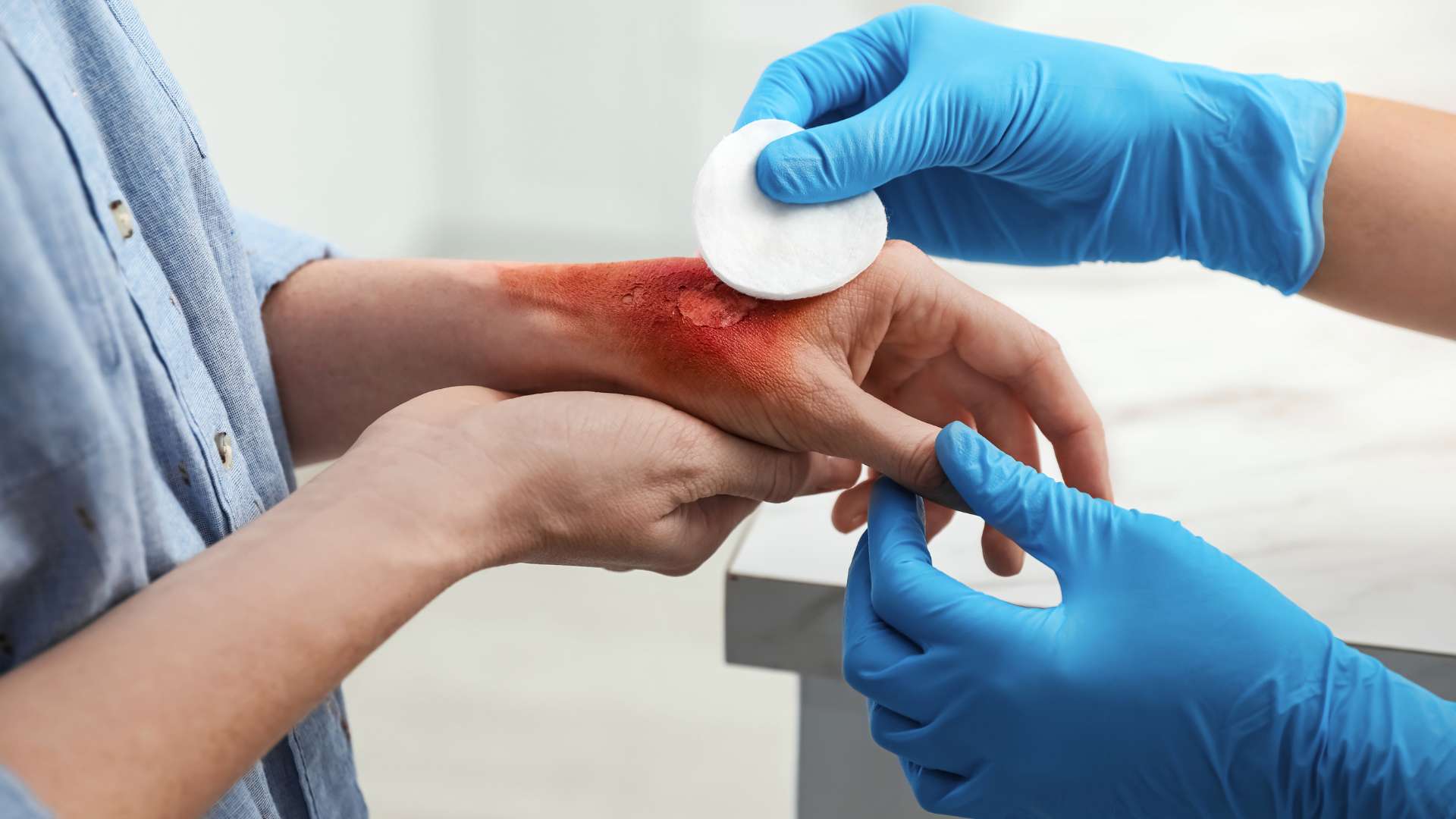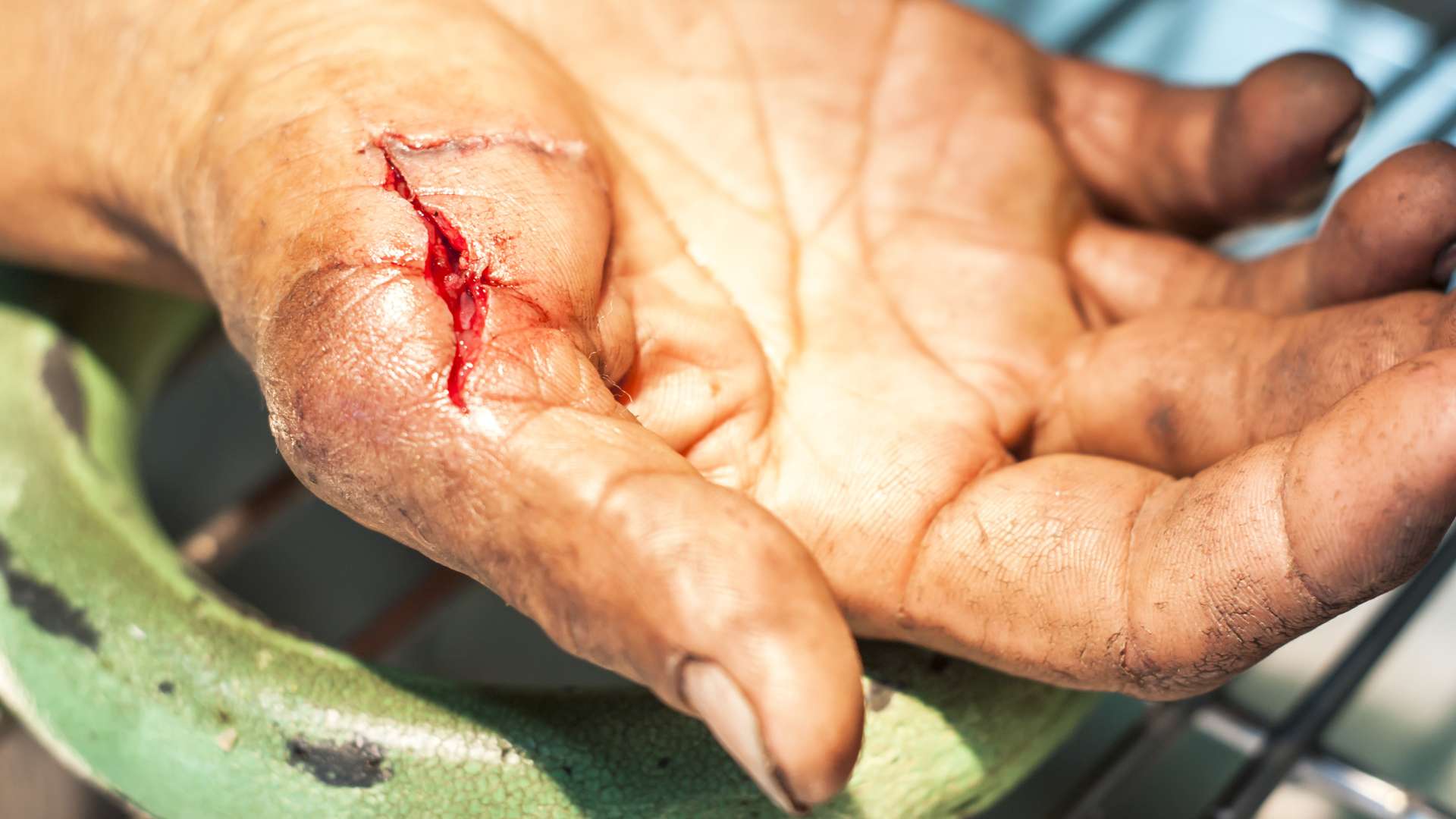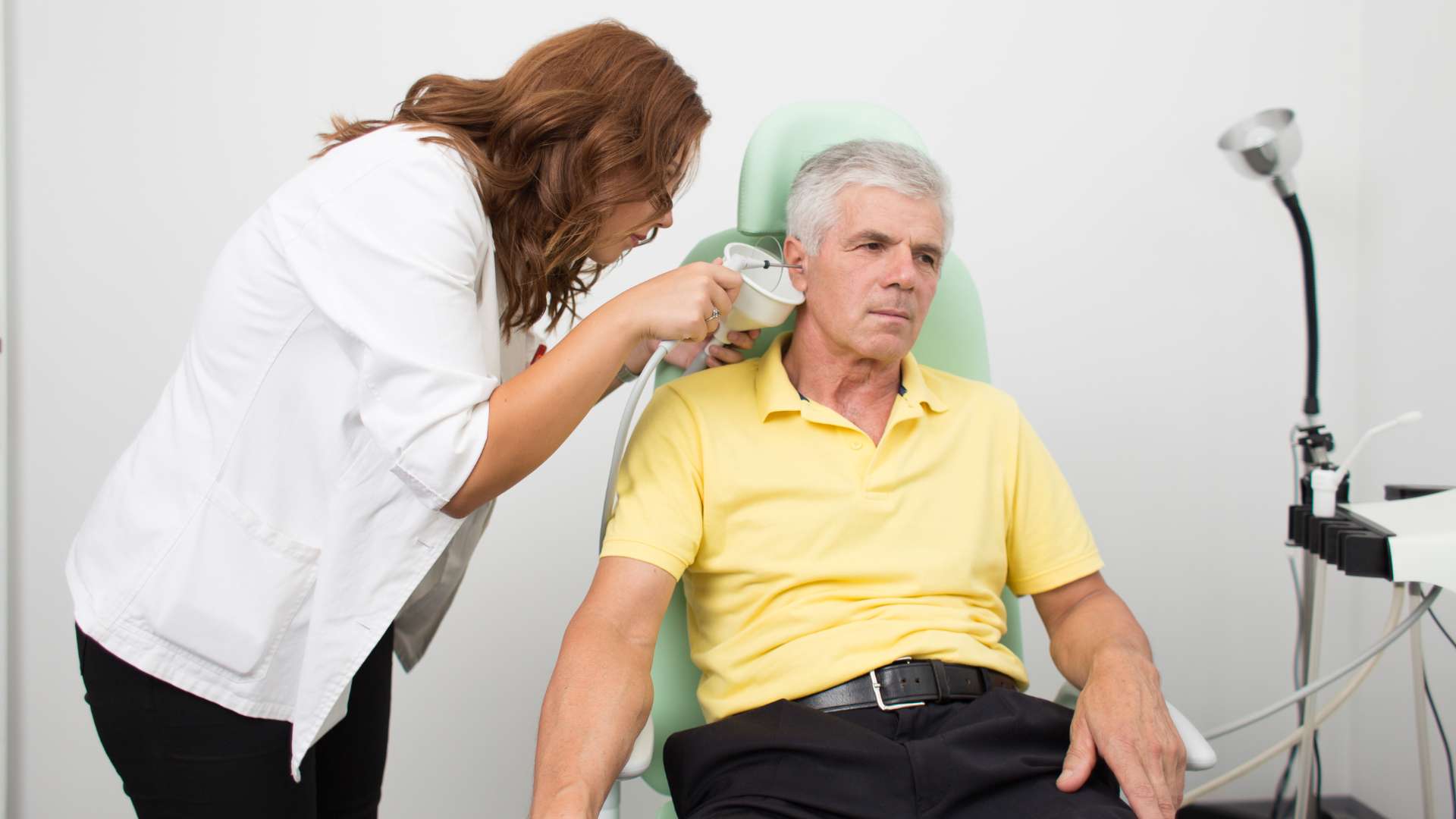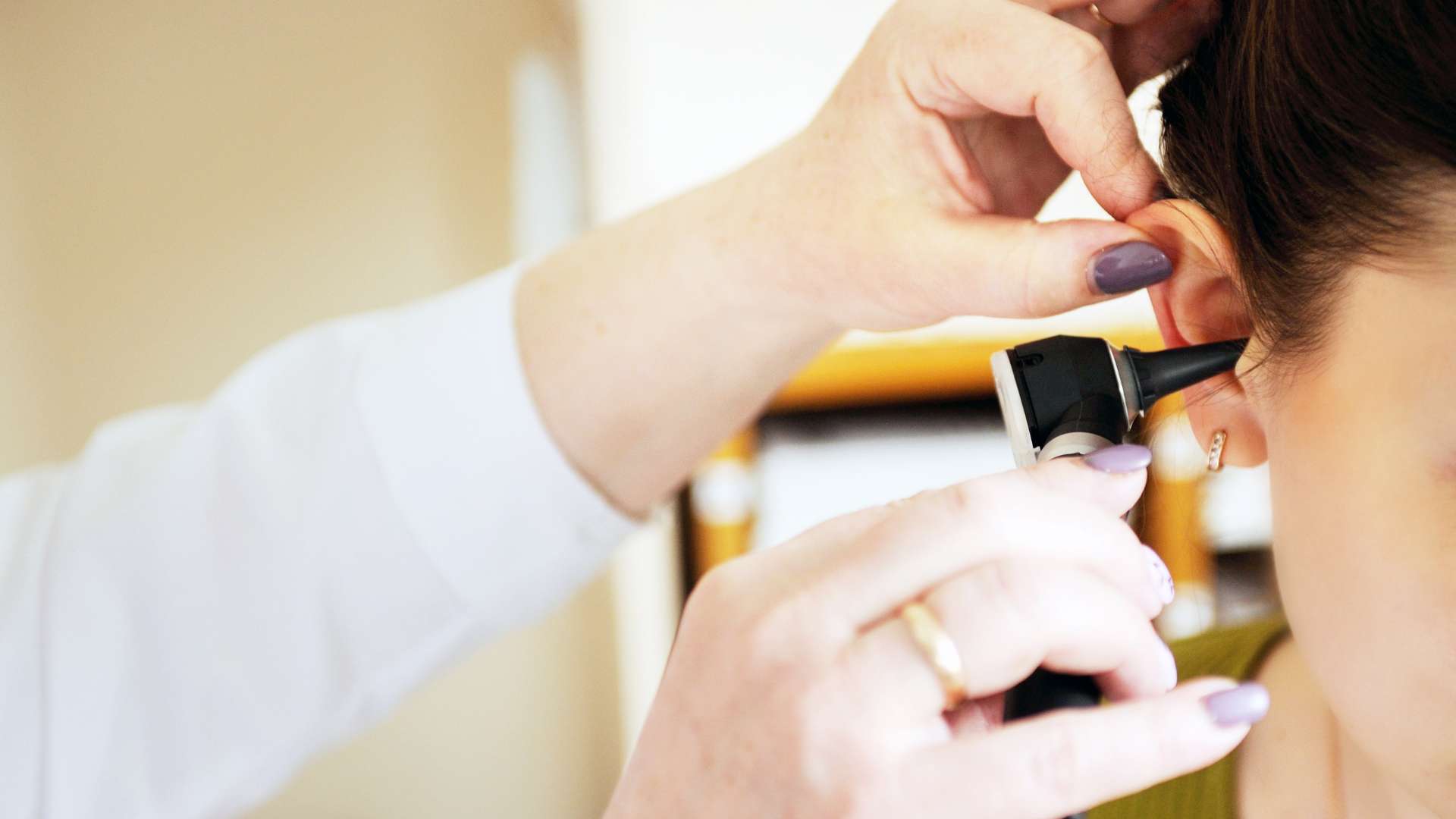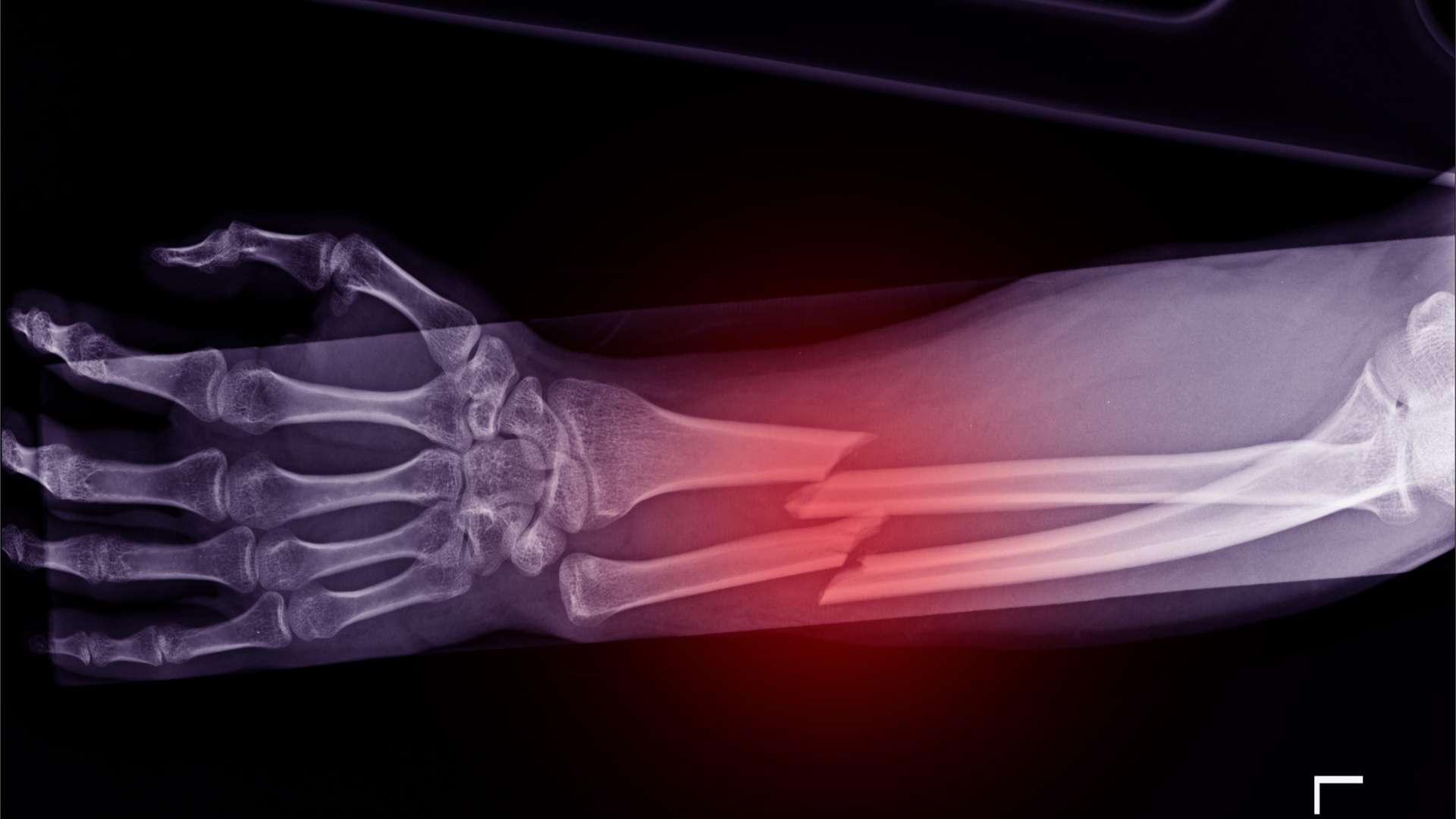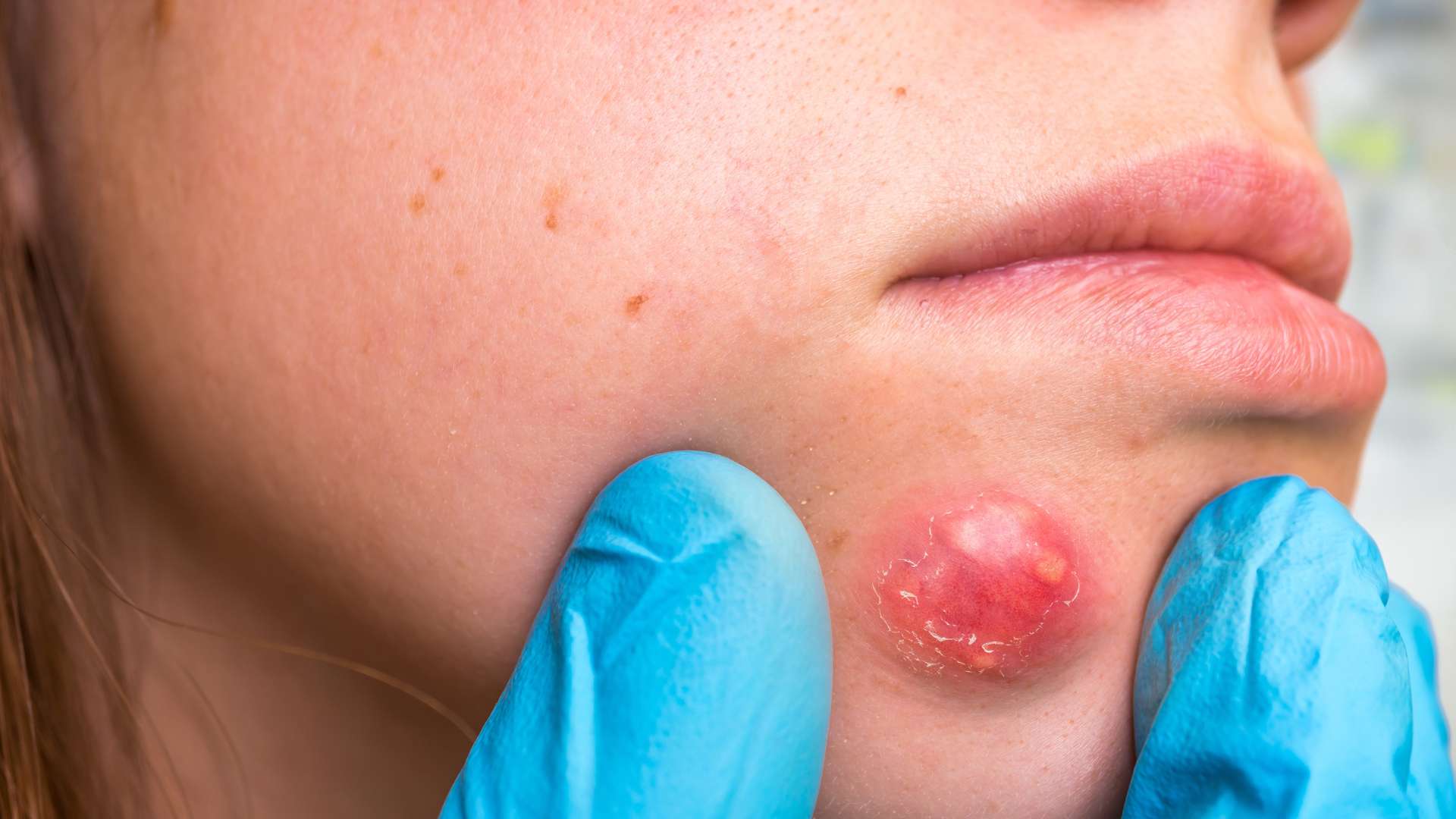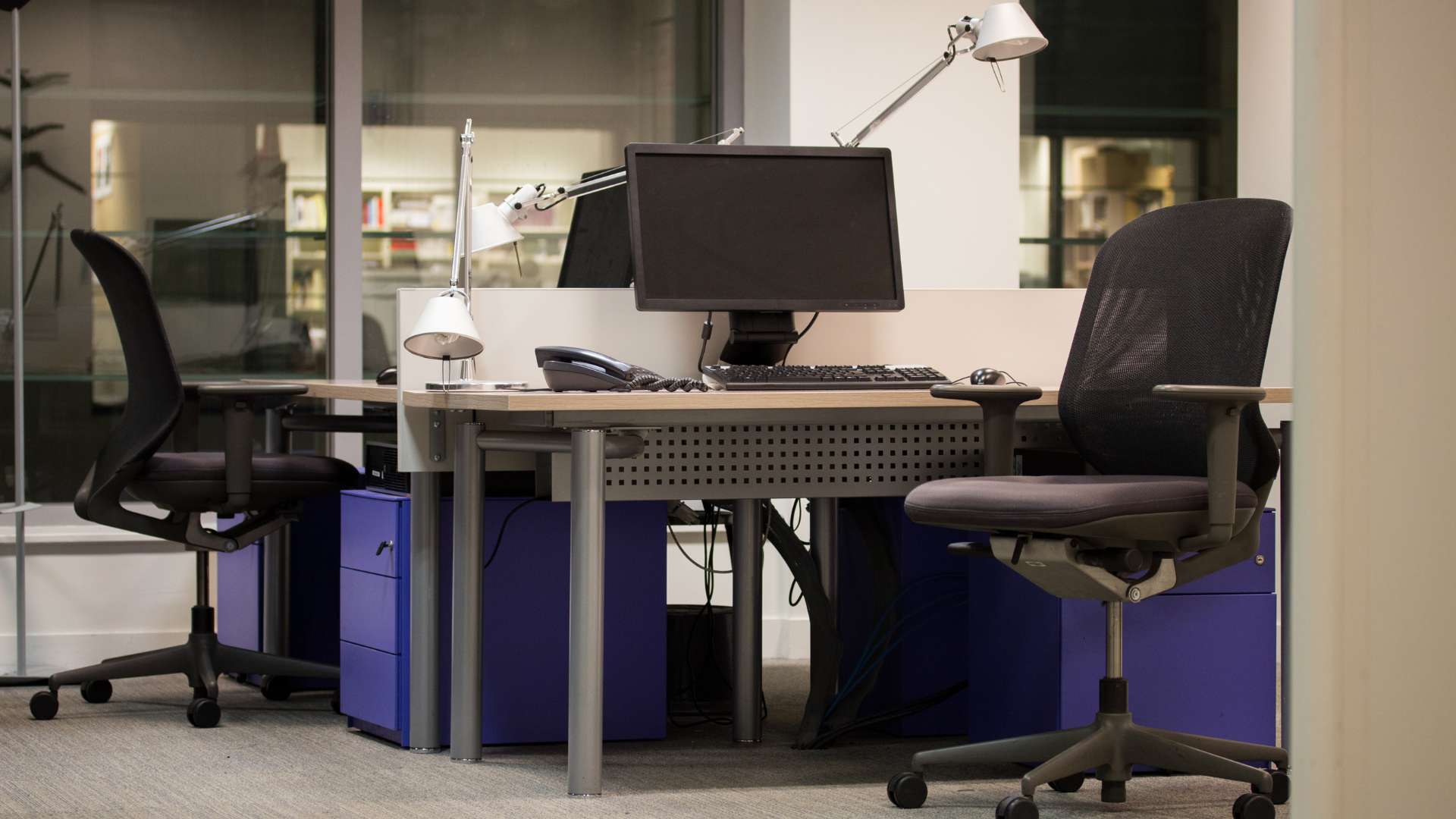It is imperative to understand the essential information on removing stitches and sutures. In this comprehensive guide, we will define medical stitches and sutures, discuss proper care before and after removal, and highlight how various occupations may lead to the need for stitches or sutures.
Stitches and Sutures
Medical stitches and sutures are used in wound closure to hold the edges of a cut or incision together, allowing the skin to heal correctly. Stitches consist of threads or materials that are sewn through the skin, while sutures refer to the act of stitching or sewing the wound.
The History of Stitches and Sutures
Stitches and sutures date back thousands of years. Ancient cultures like the Egyptians and Greeks used natural fibers like plant stems and animal hair to stitch wounds. Modern medical science has improved these techniques, utilizing sterile, absorbable, and non-absorbable materials for sutures.
Caring for Stitches and Sutures Before and After Removal
Before removal, keeping the wound clean and dry is crucial to prevent infection. Following the medical professional’s instructions on dressing changes and wound care is essential. After removal, the wound should remain protected and kept clean for proper healing.
How Various Occupations Might Cause the Need for Stitches or Sutures
Workers in certain occupational fields may be at higher risk of sustaining injuries that require stitches or sutures due to:
Construction Workers: Handling sharp tools and materials on construction sites can lead to cuts and lacerations.
Chefs and Kitchen Staff: Working with knives and other kitchen equipment can cause accidental cuts.
Athletes: Sports-related injuries can lead to wounds requiring stitches or sutures.
Alleviating Discomfort
If someone has stitches or sutures, they can take the following steps to alleviate discomfort until they can see a medical professional:
Pain Management: Over-the-counter pain relievers can help manage pain and discomfort.
Avoiding Strain: Minimize movements that strain the wound.
Keeping It Dry: Protect the wound from moisture to avoid infection.
Preventing Stitches and Sutures
Proper training and education in workplace safety and hazard awareness can significantly reduce the likelihood of injuries requiring stitches or sutures. Occupational Health Services can provide employees with information on proper tool handling, personal protective equipment usage, and injury prevention measures.
Frequently Asked Questions
1. Does getting stitches hurt?
The process of getting stitches is generally quick and done with local anesthesia, so the discomfort is minimal.
2. How long do stitches typically stay in place?
The duration of stitches varies depending on the wound’s location and severity, typically ranging from 5 to 14 days.
3. Can I remove my stitches myself?
No, stitches should only be removed by a medical professional to ensure proper wound healing.
Occupational Health Services is dedicated to promoting the well-being and safety of your workforce. Contact us today to request an appointment and learn more about removing stitches and sutures and preventing workplace injuries. Our expert healthcare services and resources will support your employees’ healing process, fostering a safer and more thriving work environment for your business.

